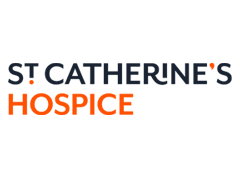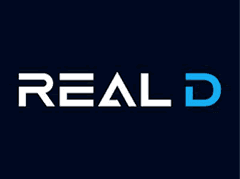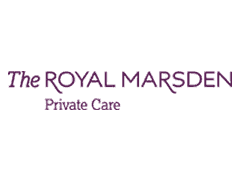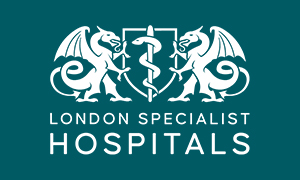Product-Led growth (PLG) is a go-to-market strategy that is becoming increasingly popular amongst SaaS companies.
PLG strategy allows companies to rely on its product’s usage and customer experience to drive user acquisition and retention, ultimately leading to user expansion. Businesses such as Slack, Dropbox, and Typeform are some of the SaaS companies that have successfully implemented PLG.
Why Product-Led Growth?
Before companies looked to deliver value through sales, they focused on employing knowledgeable and empathetic salespeople to provide outstanding customer experience and relied on them to sell their products. However, now customers no longer want to purchase through salespeople; they prefer trying out products before buying them.
According to a Forrester report in 2015, almost 75% of B2B customers would prefer to buy through an app or website instead of from a salesperson. Likewise, customers now want the flexibility to dispose of those products that do not deliver quickly. This is where product-led-growth comes in.
Product-Led growth
PLG requires businesses to focus on educating users about their product, how it can be used, and what benefits it may bring to them. The rest is down to the product performance. PLG’s success depends on the company’s ability to recognise, communicate, and deliver values and outcomes of its products/services – this way, new users will be converted into long-term paying customers.
However, this is not an easy set it and forget it method; it will require a constant collaboration across all departments, (from marketing and sales to engineering and design teams), and continuous product development.
To become a successful PLG company, companies will require a product that delivers. It will have to be well-designed, engaging with “sticky features” and must provide the right values.
To do this, businesses must have a good understanding of their users, what they are looking for, and what problems they are aiming to solve. As the product itself will be acting as customer service, sales, and marketing all at once, observing user’s data is an excellent way to make continuous improvements to the products and enhance personalisation.
Benefits of PLG
Being a PLG company attracts a variety of advantages; we have listed a few of them below:
1.High Funnel
PLG captures customers at the early stage of the buyer’s journey, enabling businesses to have a wider top of the funnel. Features such as free trials and freemiums can attract people in the earlier stage of their buying journey, which means consumers will be busy evaluating and considering your products rather than seeking alternatives from your competitors.
However, for this to work, companies must look to continuously optimise their onboarding process – without an efficient and easy onboarding process, customers are likely to leave and find something better. But if done well, this will deliver benefits such as repeat customers, word-of-mouth marketing, and shortening time to value.
2. Improved user experience
As you offer and demonstrate the product and its values from the very beginning, your customers will be able to experience the outcome of your products from the start of their buying journey, allowing you to provide superior user experience and stand out among your competitors.
However, businesses must be aware of the value gaps. These gaps are formed when businesses fail to deliver perceived values. When identified, businesses must quickly work to close these gaps; it can be used as an opportunity to launch new trials and freemium models, which will help convert more users.
3. Increasing sales process
As customers choose to try products themselves, this significantly reduces the sales cycle. Once your customers try the products and experience their value, the next step will be to upgrade into a paying customer.
4. Increased profitability
As companies rely on their product to drive acquisition, engagement, retention, and expansion – they save a large sum of money.
5. Being ahead of your competitors
PLG companies require fewer team members, which leads to higher revenue per employee. While competitors will be busy hiring and pushing their sales team to get leads, PLG companies will be able to work on making improvements to their products and onboarding process.
Conclusion
The big reason why product-led businesses are so successful now is that customers are increasingly looking to try and experience value proposition before buying. For this reason, product-led companies must understand their product’s values, communicate efficiently, and deliver what is promised.
PLG can be a game-changer for those companies who embrace it. It allows the product to sell itself, and if it provides the right value, your customers will come back again and again.
Are you looking to transform your business into a product-led organisation or simply looking to enquire about how product-led growth strategy can help your business grow? Get in contact with us today; our marketing consultants are always available to answer your questions and assist you with your business enquiries.










